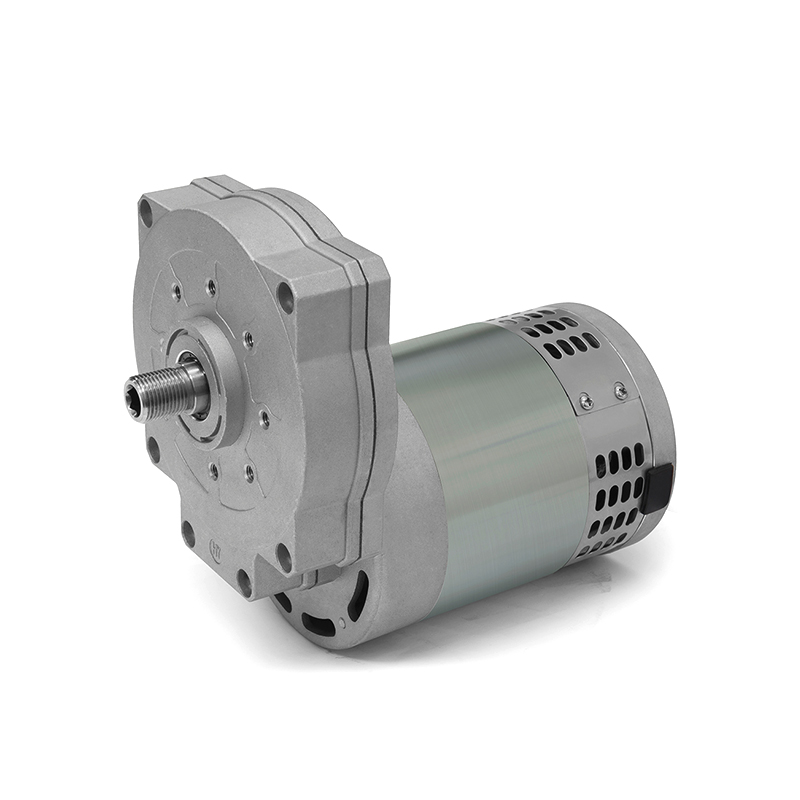How do gear ratios affect the performance of DC geared motors?
Gear ratios play a crucial role in determining the performance characteristics of DC geared motors. Here's how they affect performance and some options for selecting different gear ratios:
Torque: Gear ratios directly influence the torque output of a DC geared motor. A higher gear ratio increases the torque output while reducing the speed of rotation. Conversely, a lower gear ratio decreases torque but increases speed.
Speed: As mentioned, gear ratios inversely affect speed. Higher gear ratios result in slower rotational speed but higher torque, while lower gear ratios lead to higher rotational speed with lower torque.
Efficiency: Gear trains introduce mechanical losses due to friction and other factors. Choosing an appropriate gear ratio ensures a balance between torque, speed, and efficiency.

Load Handling: Different applications require specific torque and speed characteristics. Selecting the right gear ratio ensures the motor can handle the load effectively without sacrificing performance.
Options for selecting different gear ratios include:
Fixed Gear Ratio Gearboxes: These gearboxes have a fixed gear ratio, meaning the gear ratio cannot be changed. They are suitable for applications with consistent torque and speed requirements.
Variable Gear Ratio Gearboxes: Some gearboxes offer the flexibility to change gear ratios manually or automatically. These gearboxes allow for adjustments to suit varying torque and speed requirements.
Planetary Gear Systems: Planetary gear systems offer a compact and efficient way to achieve different gear ratios. They consist of a central sun gear, planetary gears, and an outer ring gear. By varying the arrangement of these gears, different gear ratios can be achieved.
Worm Gear Systems: Worm gear systems provide high gear reduction ratios and are suitable for applications requiring high torque output at low speeds.
Belt and Pulley Systems: Belt and pulley systems offer a simple and cost-effective way to adjust gear ratios. By changing the diameter of the pulleys, different gear ratios can be achieved.
When selecting a gear ratio for a specific application, it's essential to consider factors such as the desired speed, torque requirements, efficiency, and space constraints. Additionally, it's important to ensure that the selected gear ratio falls within the operating limits of the motor and gearbox to prevent damage and ensure optimal performance.
-
Feedback
Hotline:0086-15869193920
Time:0:00 - 24:00


 English
English Deutsch
Deutsch italiano
italiano 中文简体
中文简体












